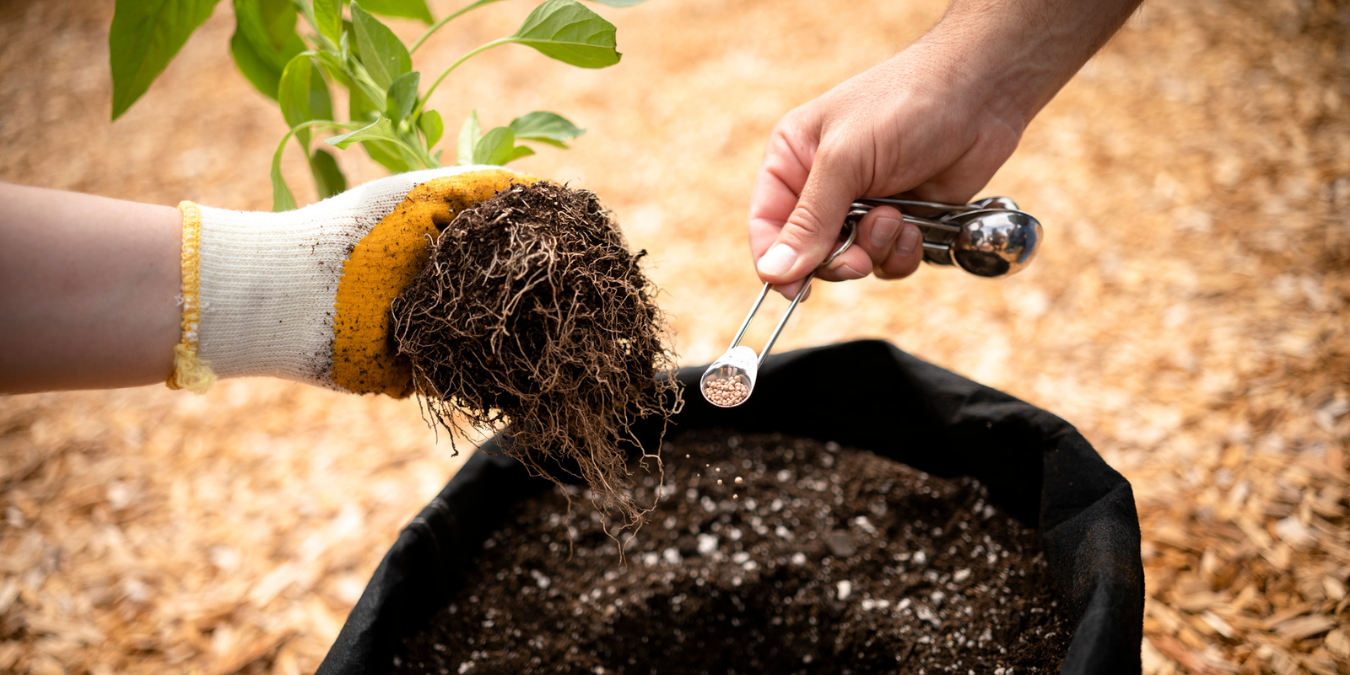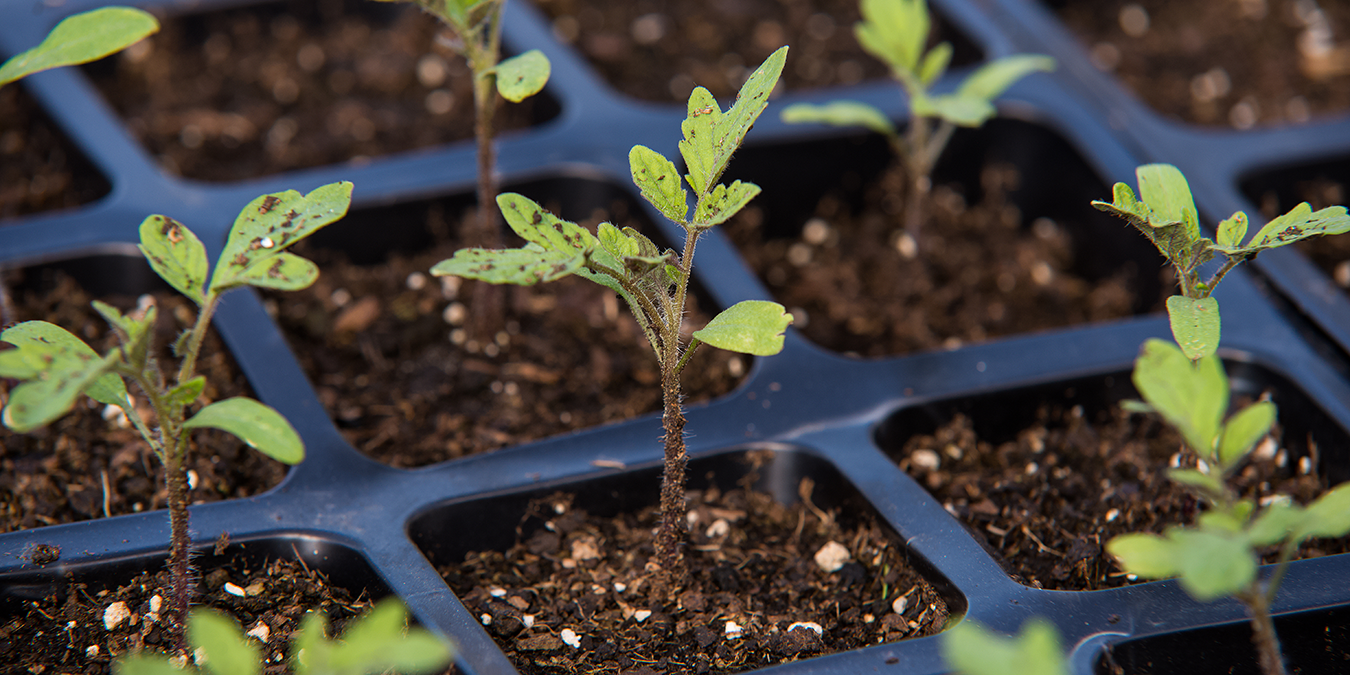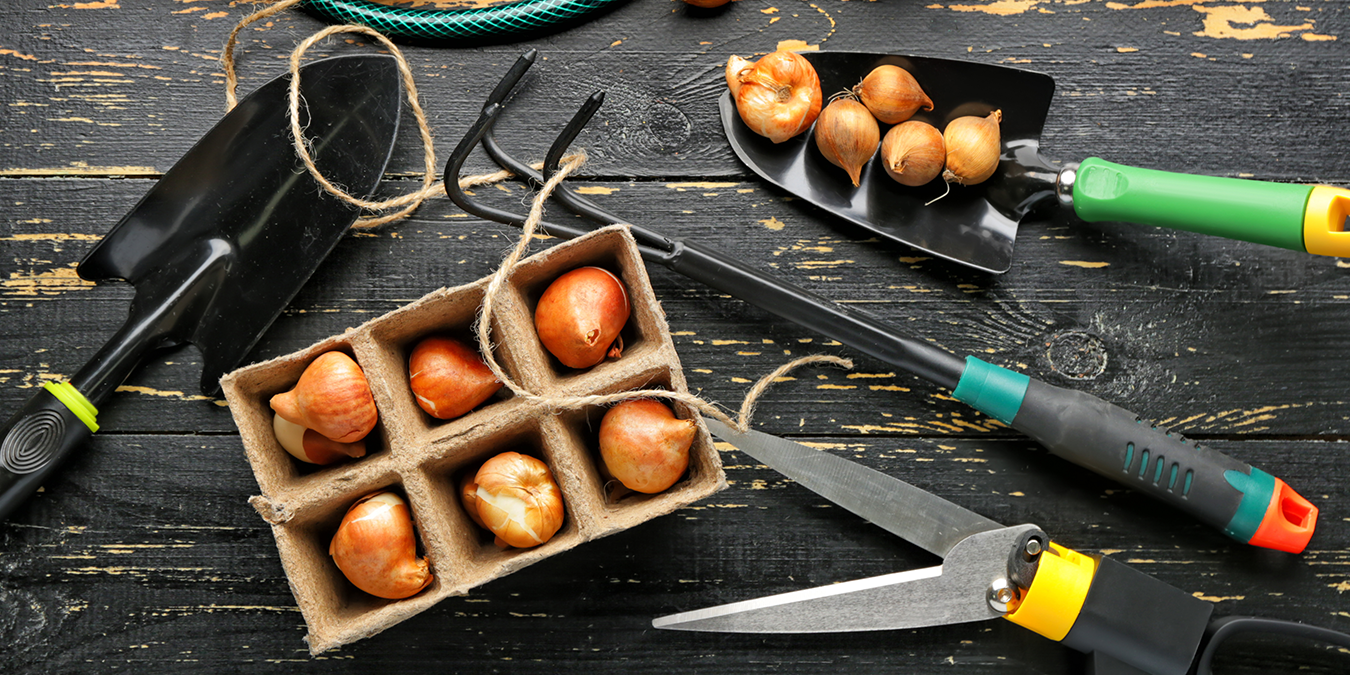How to Grow Heirloom Tomatoes

A staple of any food garden is the trusty tomato. Growers favor these plants for their ease and abundance, but more varieties are available than the typical Roma. Heirloom cultivars, in particular, are becoming increasingly popular for gardeners who want colorful fruits with a historic connection and rich flavor profiles.
So what’s involved in growing heirloom tomatoes? Read on for our handy guide to these delicious fruits!
Choose Your Tomatoes
This part is perhaps the most fun, and it’s entirely up to you! Do you want to grow huge tomatoes like the Giant Pink Belgium? Are you looking for a fun color, like Cherokee Purple or Black Russian? Do you want to bring rare seeds like Black Beauty back into circulation or grow the same strain of Brandywine your great-great-grandfather grew?
Whatever your reasoning, the seeds of hundreds of varieties are available online, and sometimes you can even find starts at your local garden center. Be sure to check each contender for space, light, and water requirements, as these can vary between cultivars.
Popular varieties of heirloom tomatoes include:
- Amish Paste
- Black Beauty
- Black Cherry
- Black Russian
- Brandywine
- Cherokee Purple
- Chocolate Stripes
- German Johnson
- Giant Pink Belgium
- Great White
- Oxheart Pink
- Sunset’s Red Horizon
- Tumbling Tom Red
- White Beauty
- Yellow Pear
- …And more!
Pick Your Place
Heirloom tomatoes do well in-ground or planted in containers like GeoPot Fabric Pots. Consider your space and the plant’s needs to determine if you’ve got the perfect bed for your plant or need to pull out the pots!
Choosing your plant’s placement is an essential part of this process. Tomatoes need around 8 hours of sunlight per day to grow well and require a spot where excess water can drain to avoid problems like root rot.
Stick Them In the Soil
Many gardeners thrive on the excitement of choosing their plants, but for others, their favorite part is the moment they put them in the ground! There are two main ways to purchase your heirloom tomatoes: seeds and starts. Either way, consider giving yourself a headstart with our heirloom tomato grow kit!
Planting Seeds
To plant heirloom tomato seeds, poke a hole in the soil about ¼” deep and place your seed, covering lightly with soil. Water until saturated and keep the soil moist until the seed sprouts.
Planting Starts
For heirloom tomato starts, choose one that is green, healthy, and stout–leggy starts can have growth problems later. Pluck the smaller stalks and leaves from the stem for the first two or three inches above the roots. Pull the plant from the container, lightly and gently tease and fluff its roots, and then place it in your GeoPot. Be sure to bury the plant deep enough to cover the newly exposed stem and grow fresh roots!
Maintain Plant Health
Caring for your bunch of Brandywines is more intensive than you may think. There are a lot of facets to proper plant care, especially for outdoor grows. Keep these things in mind when nurturing your new greenery:
Support
Tomatoes are plants that require a support system to thrive. We’re not talking about therapy sessions with friends and family; we’re talking trellising! Be sure to install a tomato cage or Trellis Netting right away to ensure your tomatoes have the support they need. Once your plant is growing strong, you’ll want to gently guide new stalks through your chosen trellis for extra support as needed.
Watering
Tomatoes like a lot of sun, but they also need the right amount of water to keep from drying out. Water your plant every two or three days to keep the soil evenly moist. If the plant dries out more quickly due to hot weather, water every day as needed.
If you’re using a pot with superior aeration like GeoPot Fabric Pots or GeoPlanter Fabric Raised Beds, you may require more frequent watering. Check your soil moisture levels by sticking your finger in up to your first knuckle. If the soil feels damp, your plant doesn’t need water. If it’s dry, your plant is thirsty!
Fertilizing
All plants need fertilizer, and heirloom tomatoes are no exception. Be sure to implement your favorite feeders for your new grow, and if you don’t have a go-to fertilizer, consider something organic and easy-to-use like Geoflora BLOOM.
Because tomatoes produce flowers that turn into the fruits we harvest, they require a fertilizer with a higher level of phosphorus and potassium and a lower level of nitrogen. Be sure to check the NPK ratios on your fertilizer of choice and follow the application instructions, and your tomatoes will thrive!
Pest Control
No one likes it when they work really hard to keep a plant alive, only to have it eaten by someone else! Keep pests out of your grow with an integrated pest management program that includes multiple pest control methods for the best results.
Physical barriers like netting and fences can serve to keep out large pests like rabbits, deer, and birds, but they don’t do much against bugs. For creepy-crawly invaders, use an organic chemical pest control like ECOWORKS EC to treat and prevent infestations of critters like whiteflies, aphids, and mites.
Manicuring
Regular pruning of your tomato plant can lead to better quality fruit and higher yields. Trim it back after transplant to one or two main stems. Remove or raise bottom branches to keep water from splashing back from the soil onto the leaves and harboring disease.
When new growth appears at an established stalk’s node site, this can easily become a “sucker” stalk that will steal nutrition from the productive parts of the plant. Trim or pinch suckers when they appear to ensure your established stalks continue to thrive. Don’t forget to prune or trim leaves and stalks that are yellowing or show signs of disease, too!
Harvest Your Fruits
The best part of growing heirloom tomatoes is the part where you get to eat them! Check out a great summer recipe to use up your tomatoes if you find that you have a lot! Harvest your tomatoes as they come ripe when the fruit is the correct color and firmness for the variety you have chosen. While many heirloom tomatoes will be best when ripened to a full, bright red, some varieties never color past yellow or orange, and some turn purple, brown, black, or even white! Be sure to check the instructions for your specific cultivar.
Lastly, be sure you don’t leave ripe tomatoes on the vine, as this discourages further flowering on the plant and can also attract pests like squirrels and birds!
Get Growing!
Growing heirloom tomatoes may seem complicated, but it doesn’t have to be! Meet all the needs of your grow with an heirloom tomato grow kit from GardenTap. With everything you need but the seeds and soil, you can reap the rewards of a simple, delicious grow without all of the effort. Your tomatoes will thank you!






